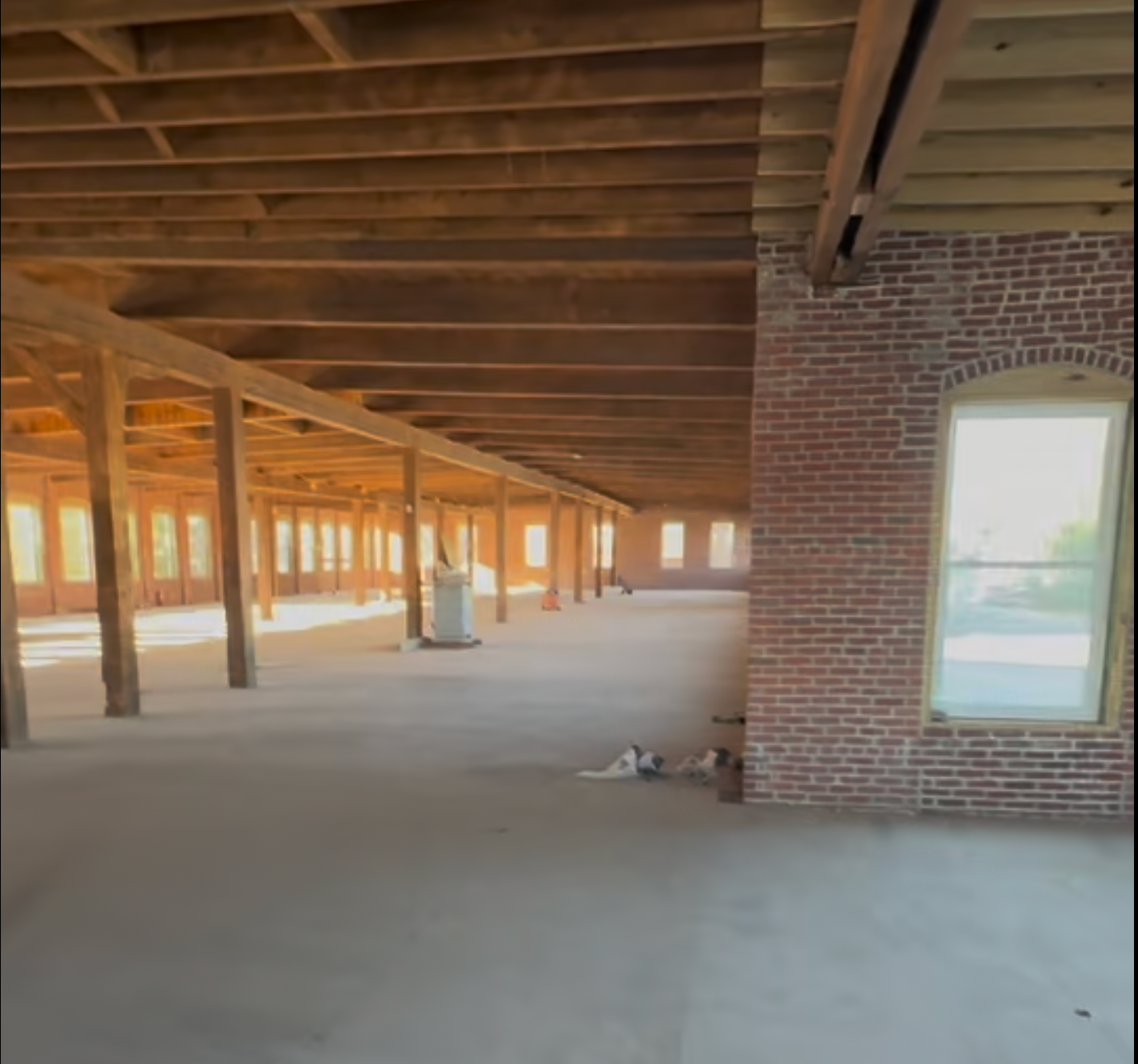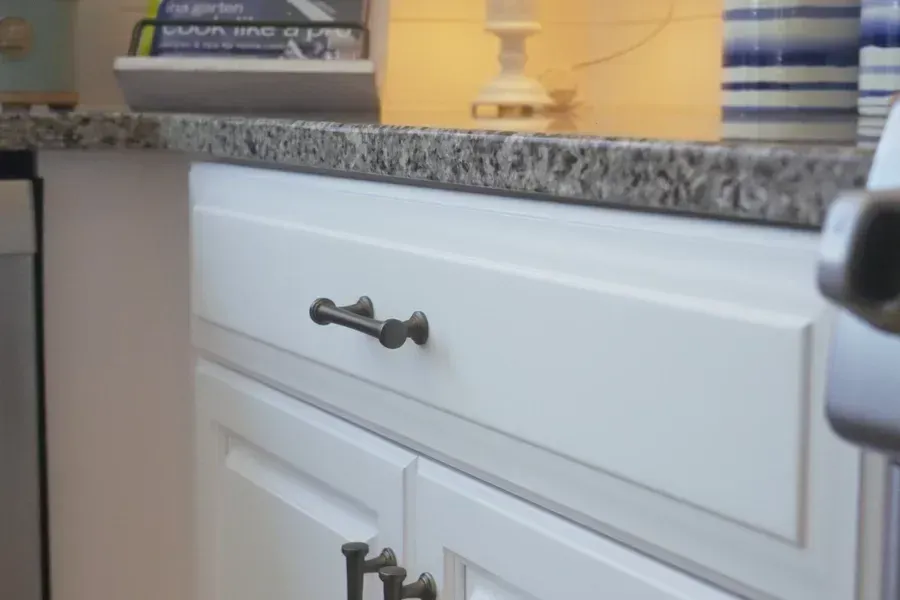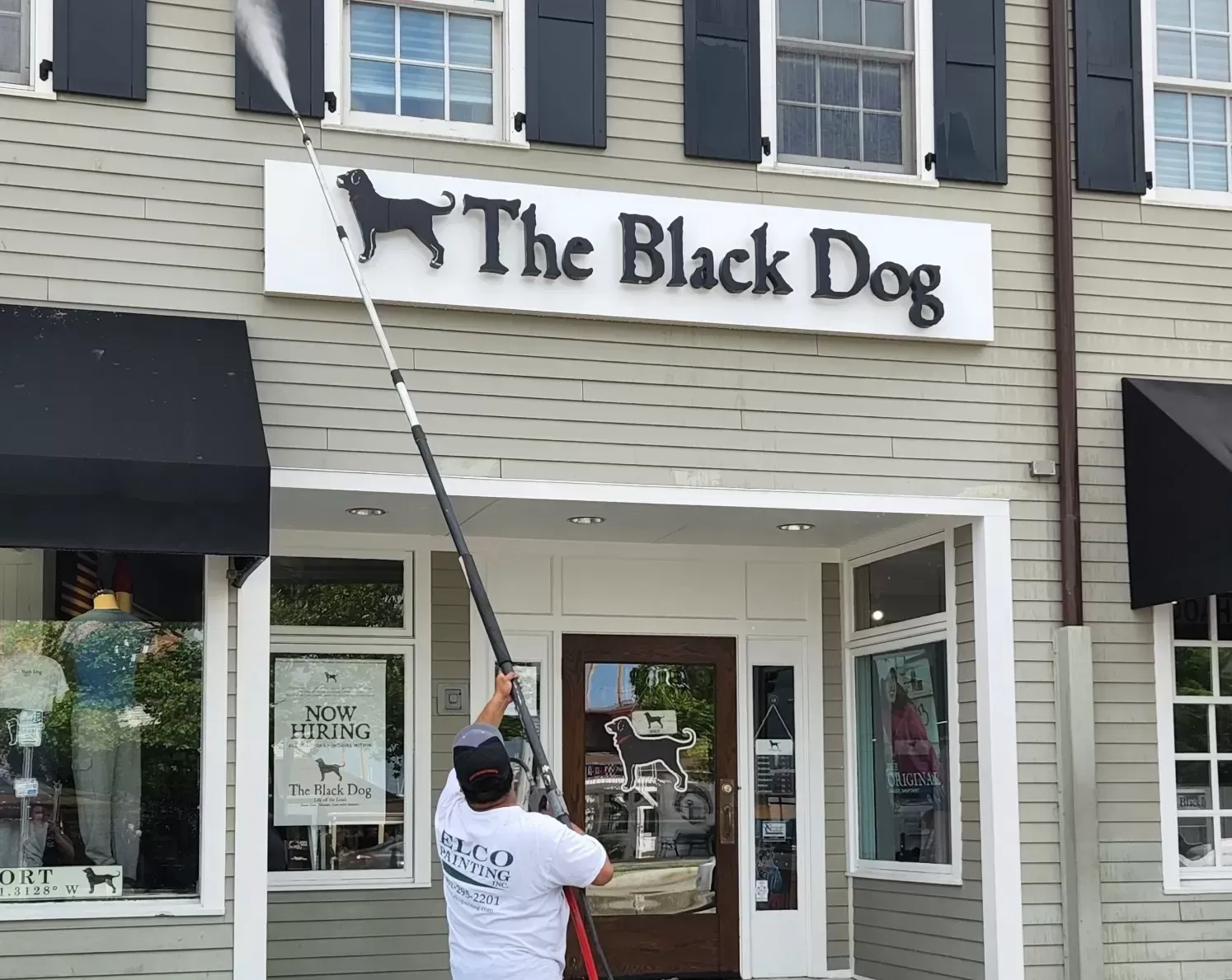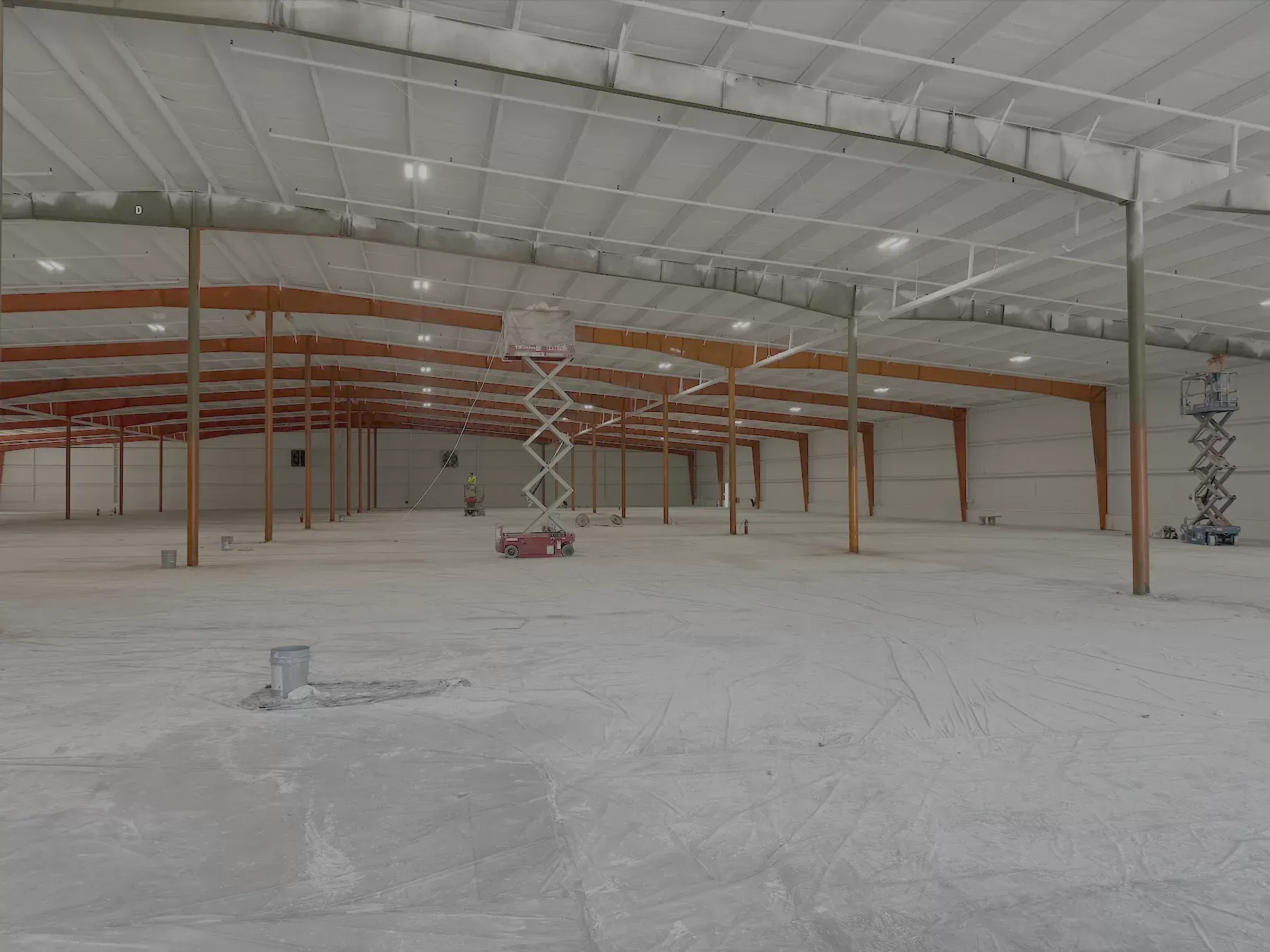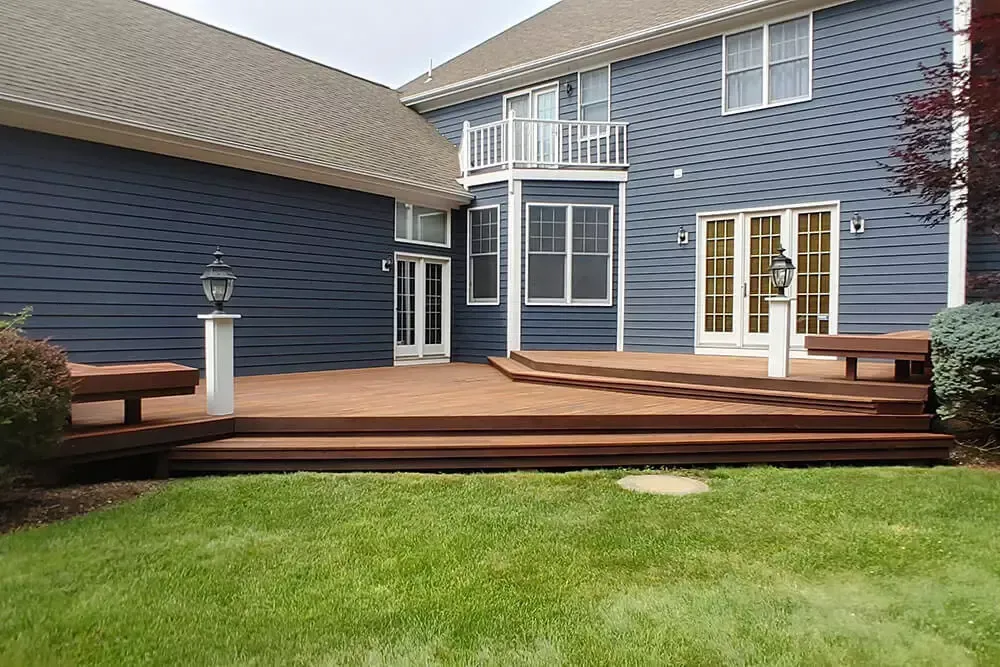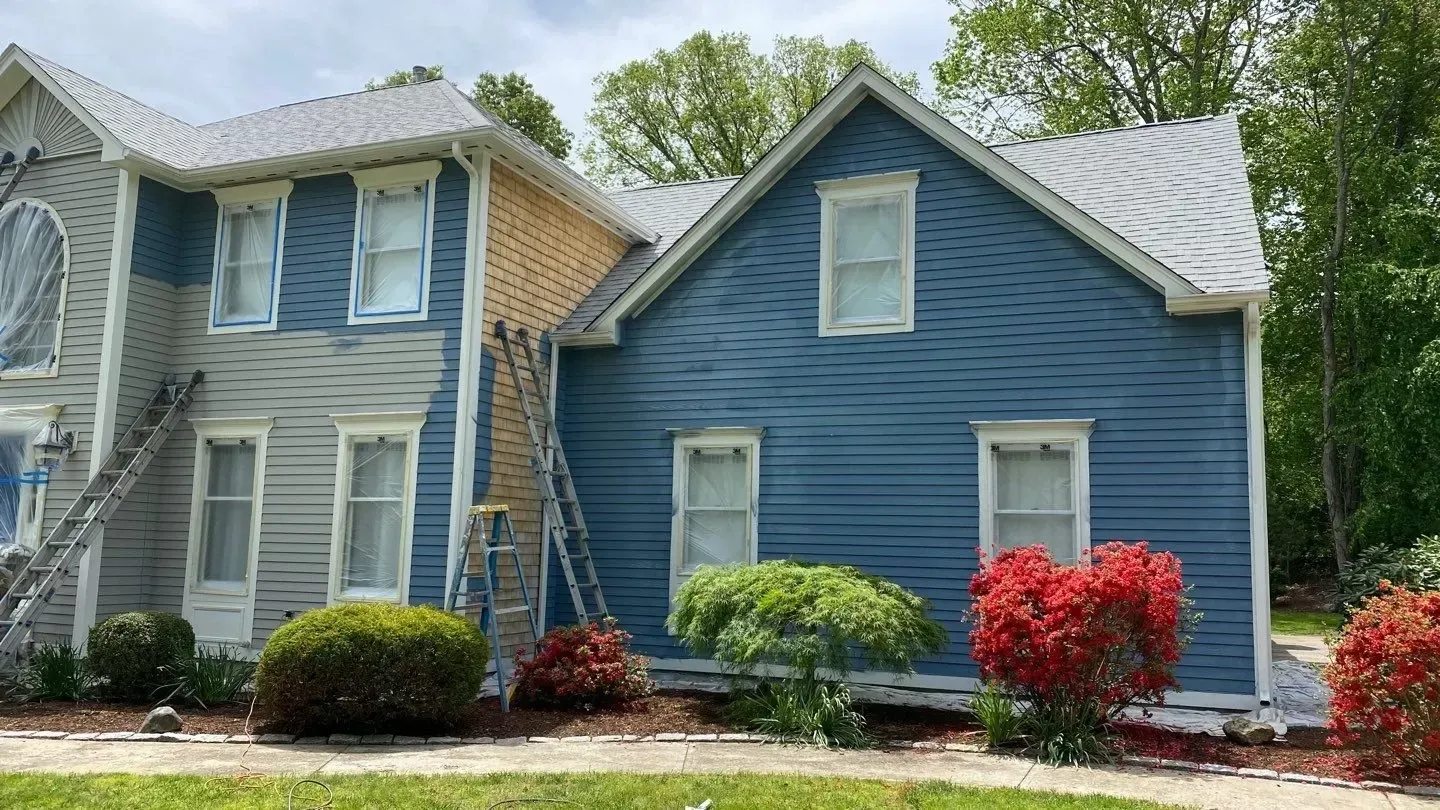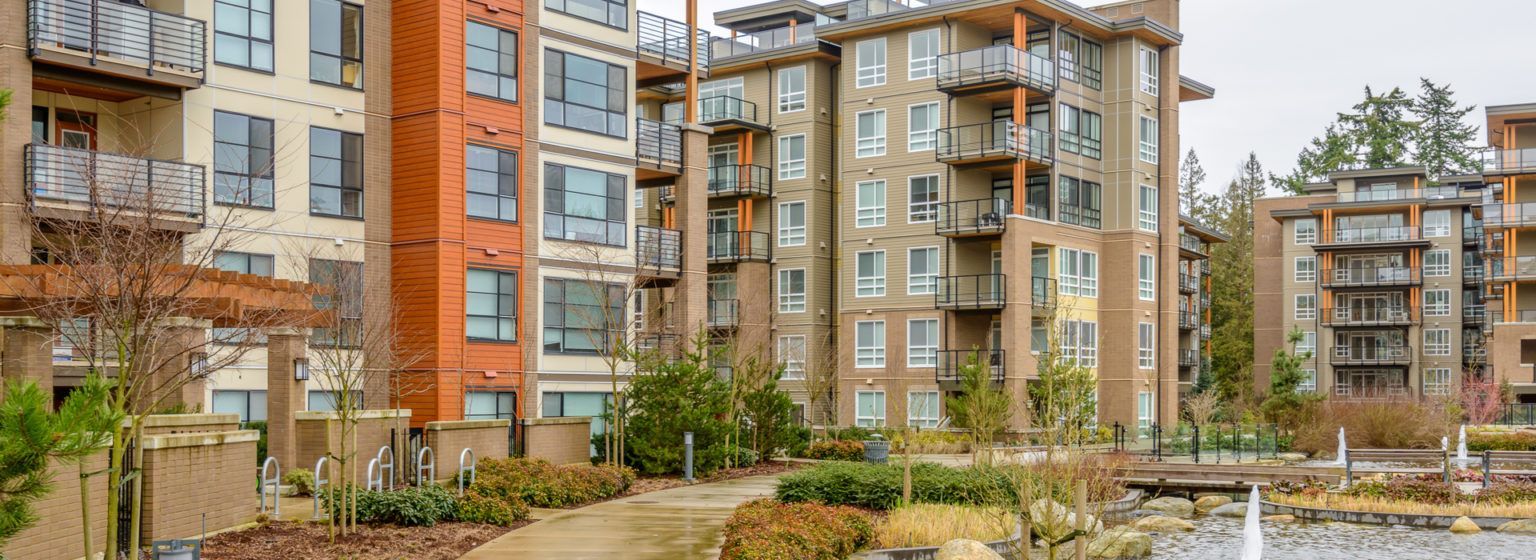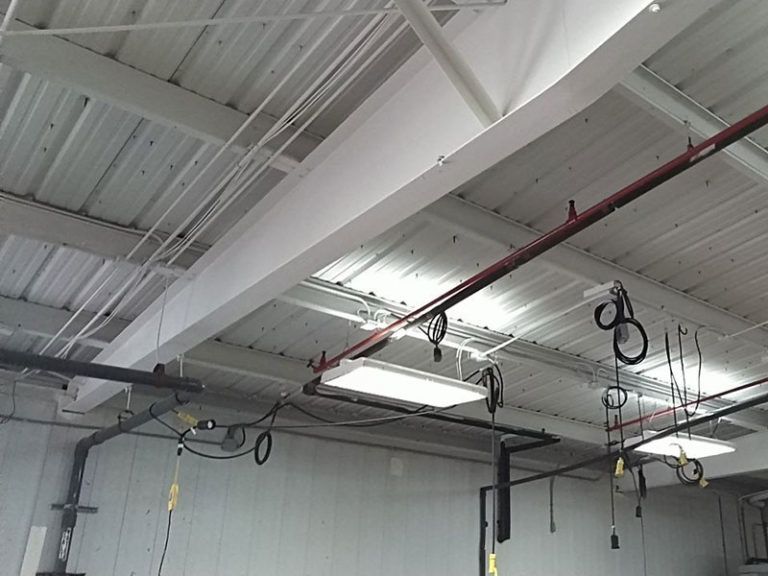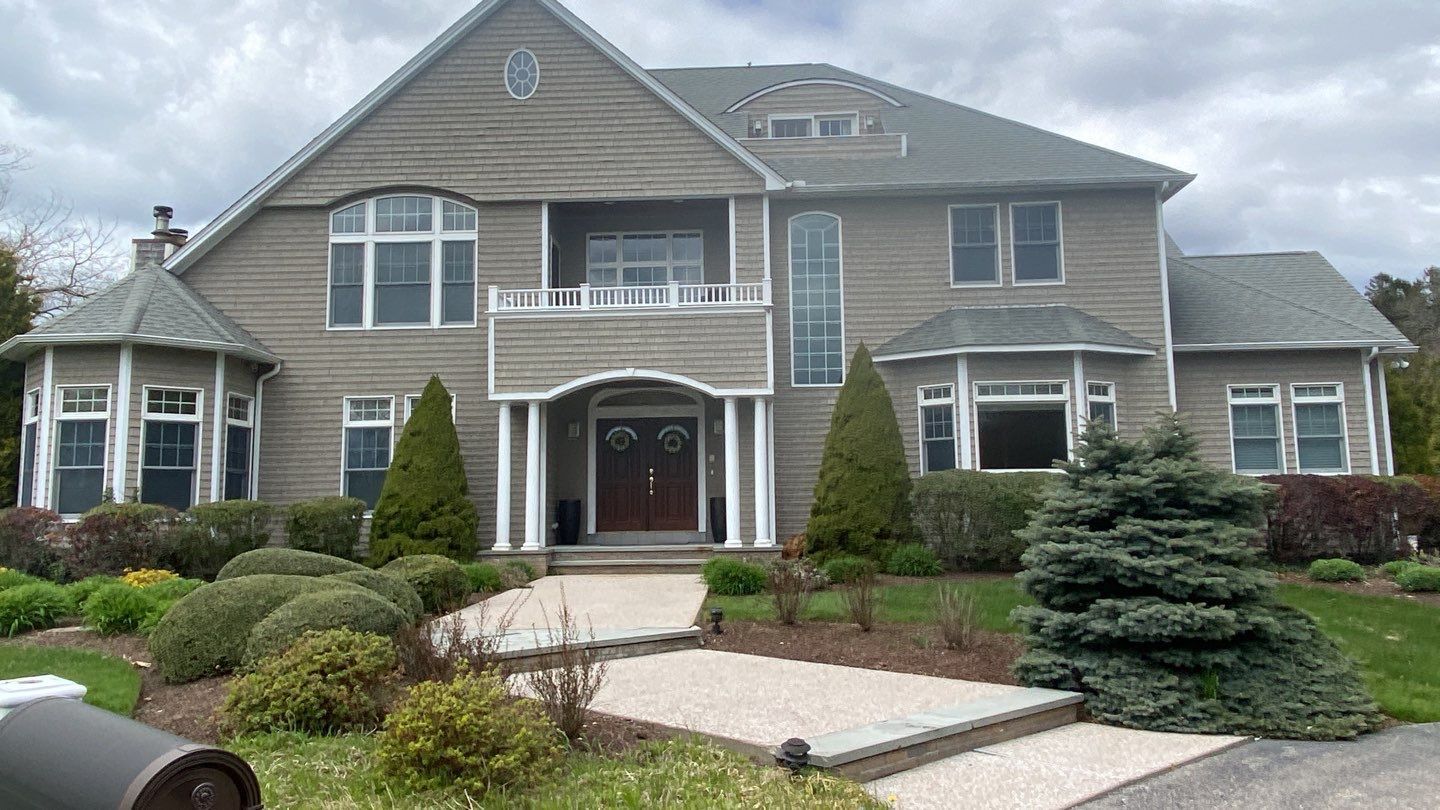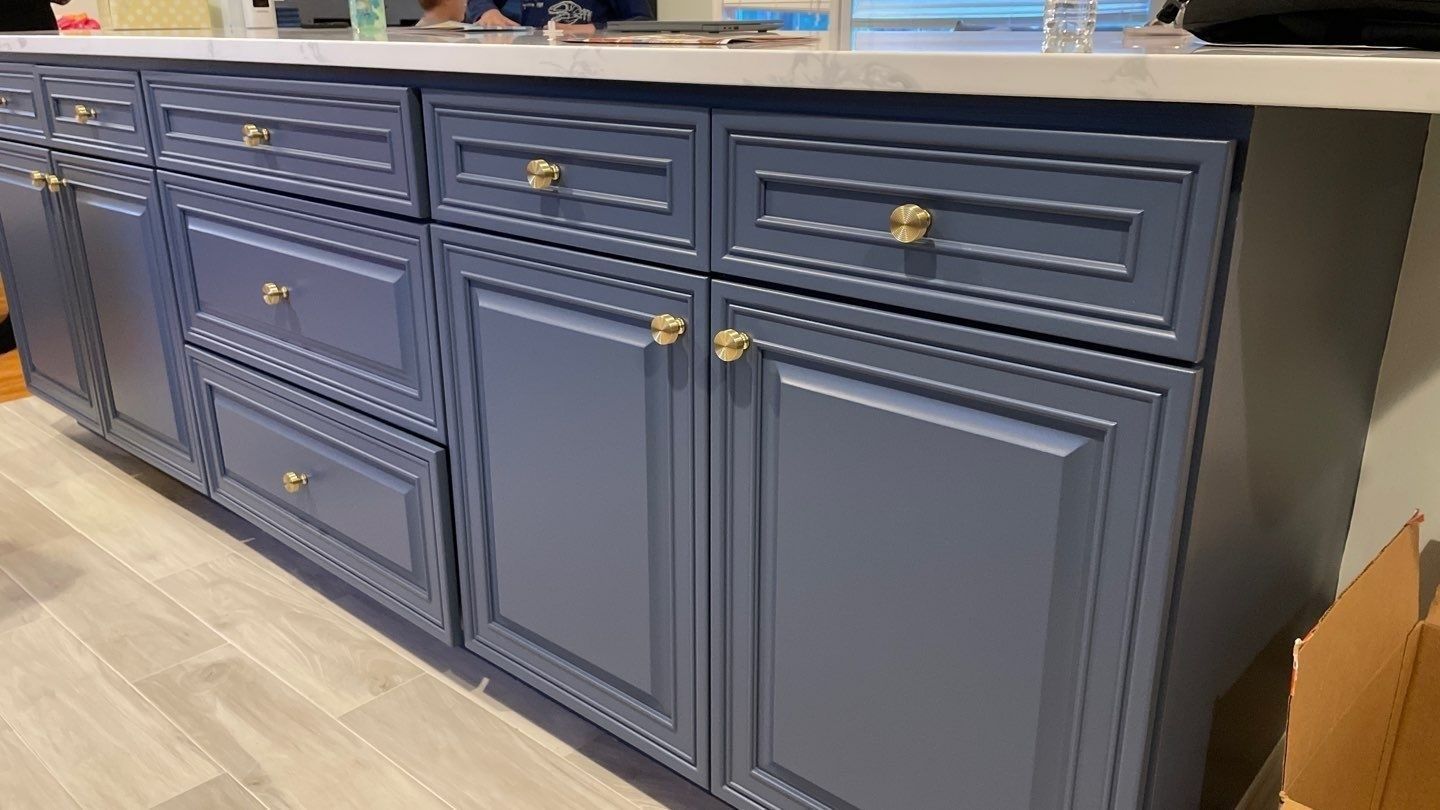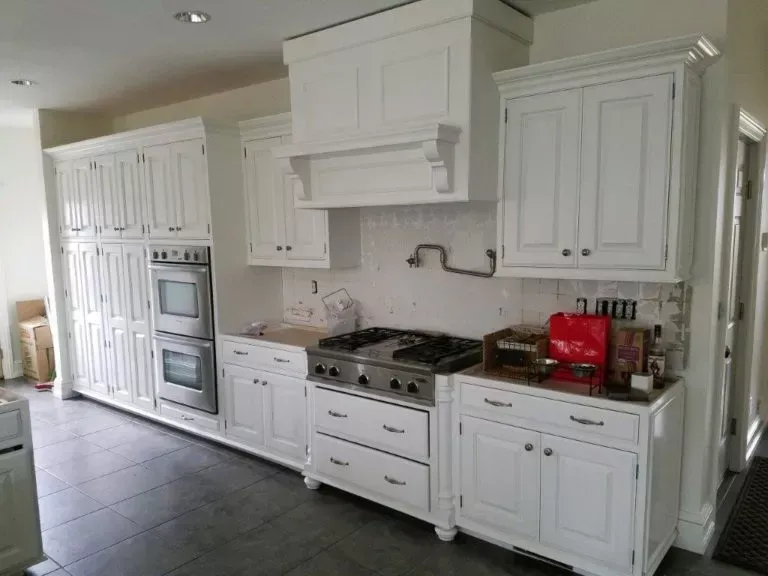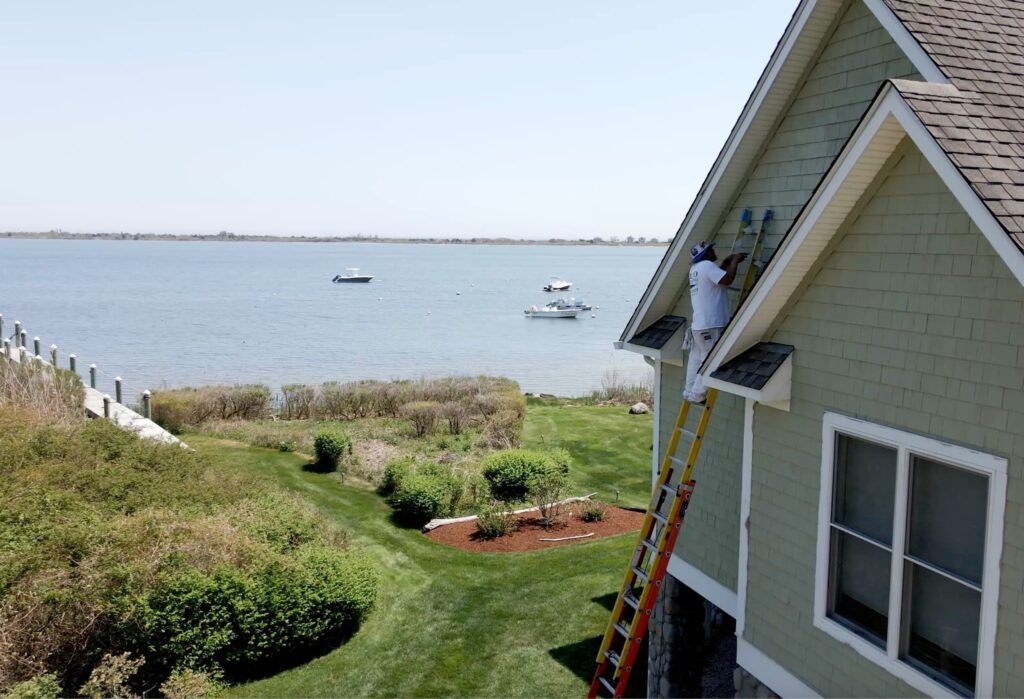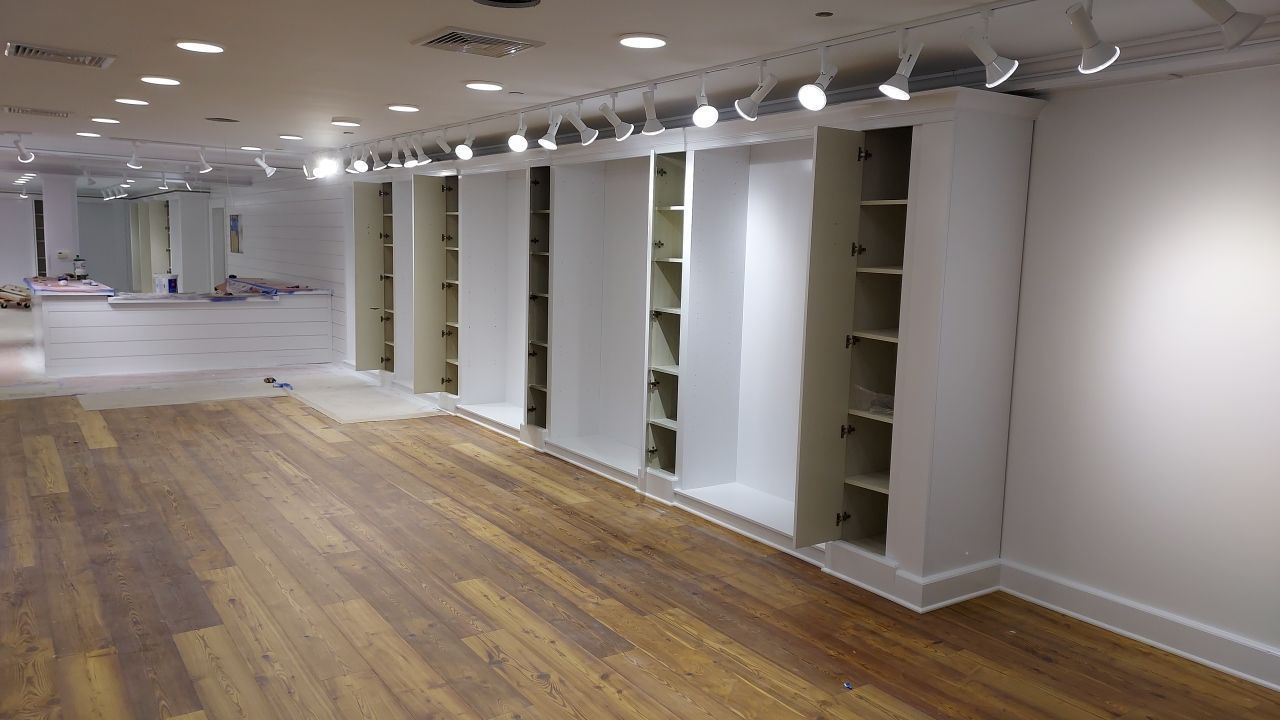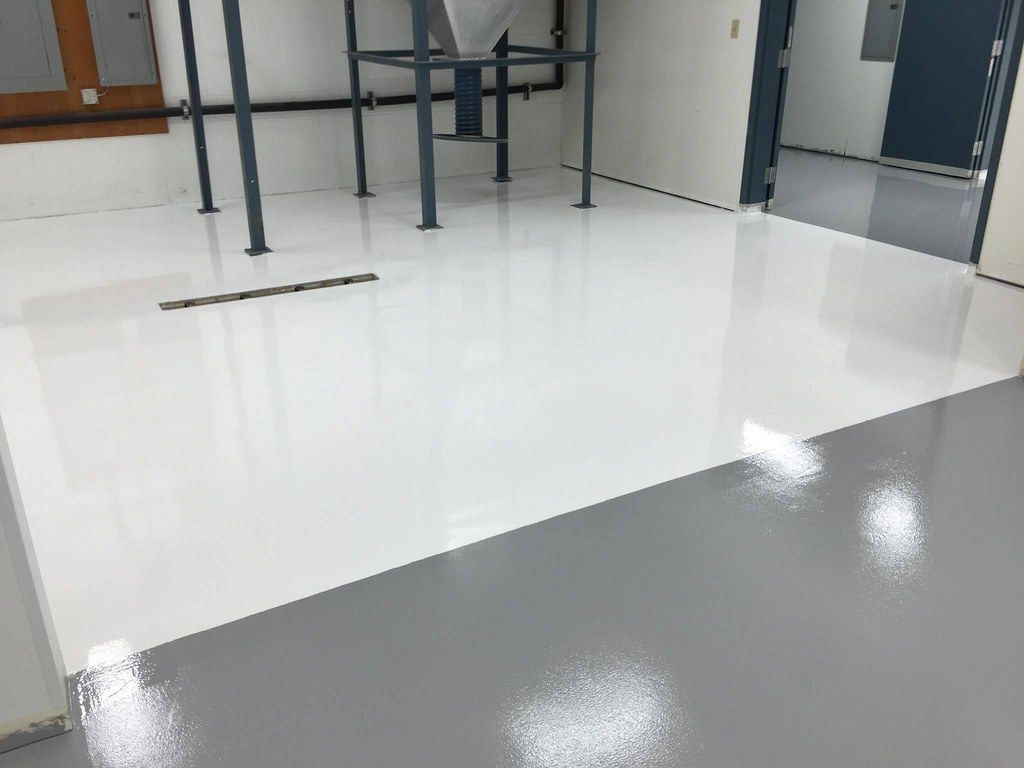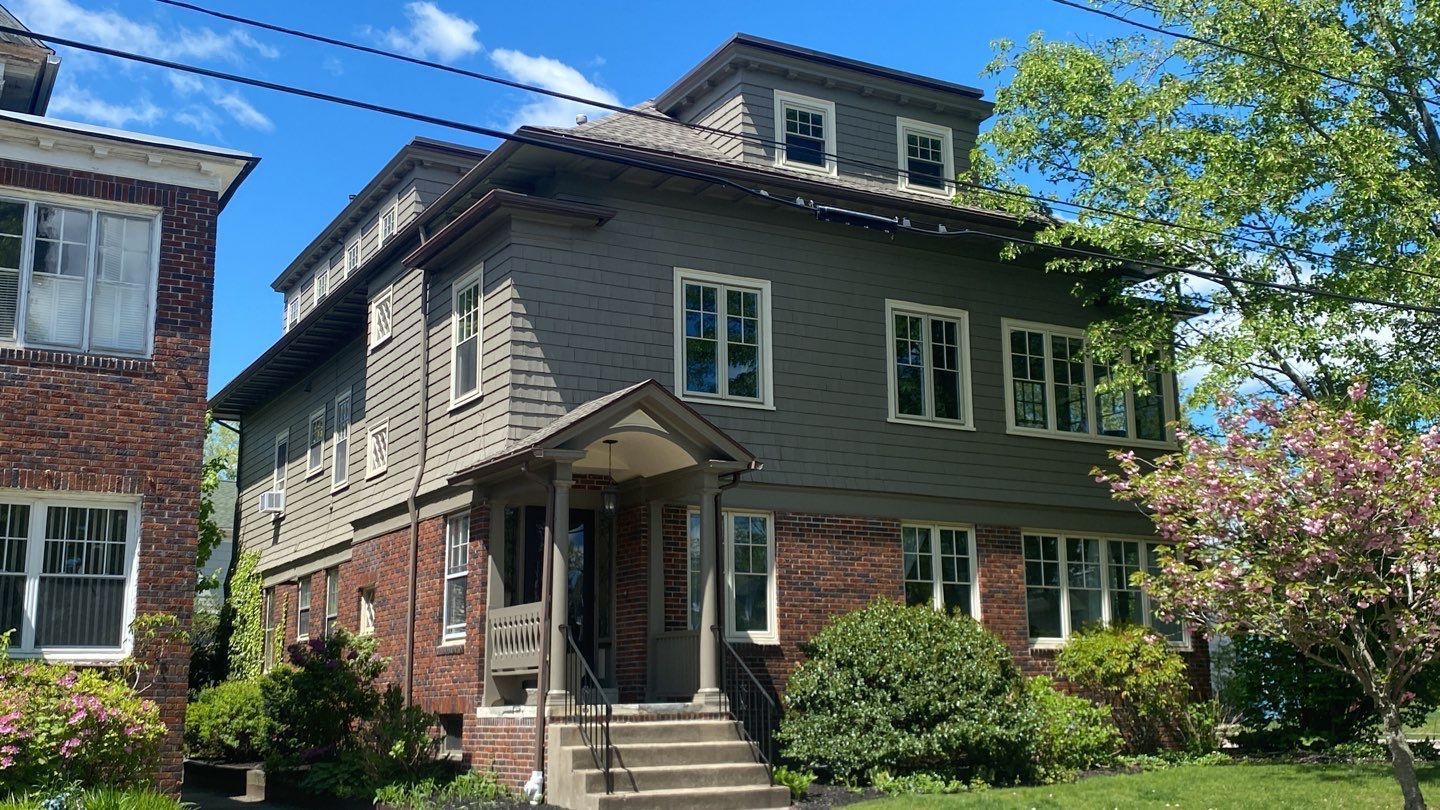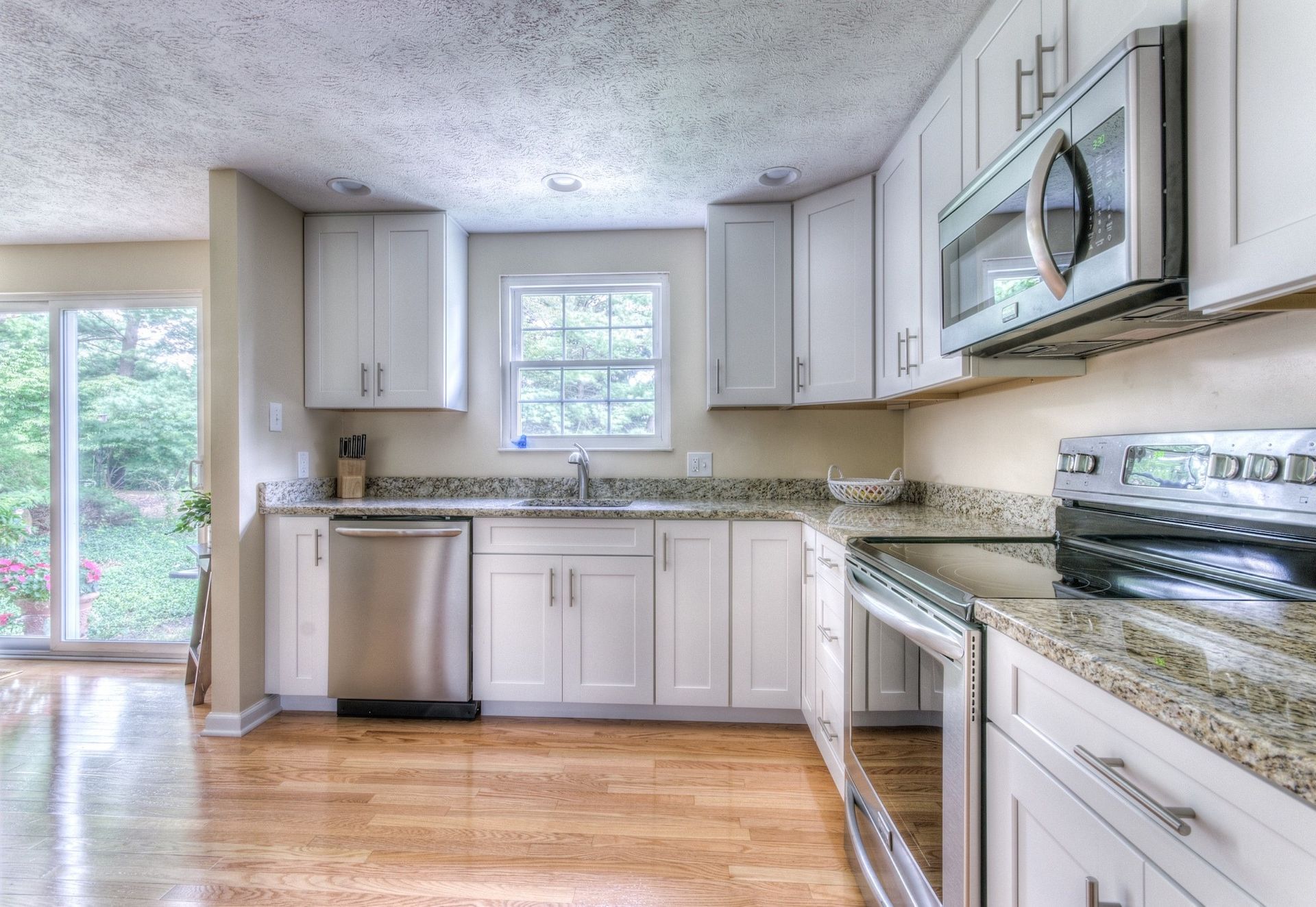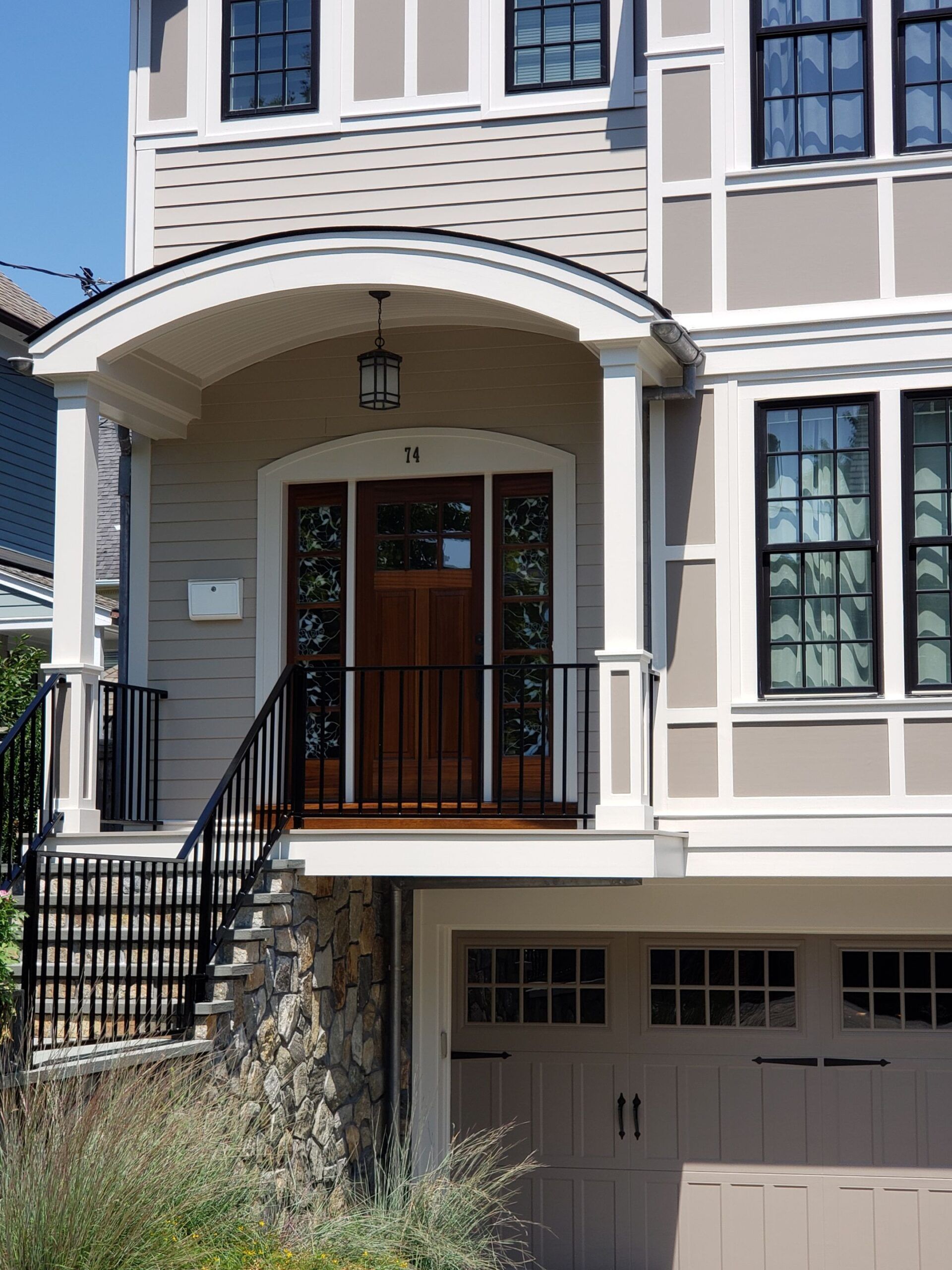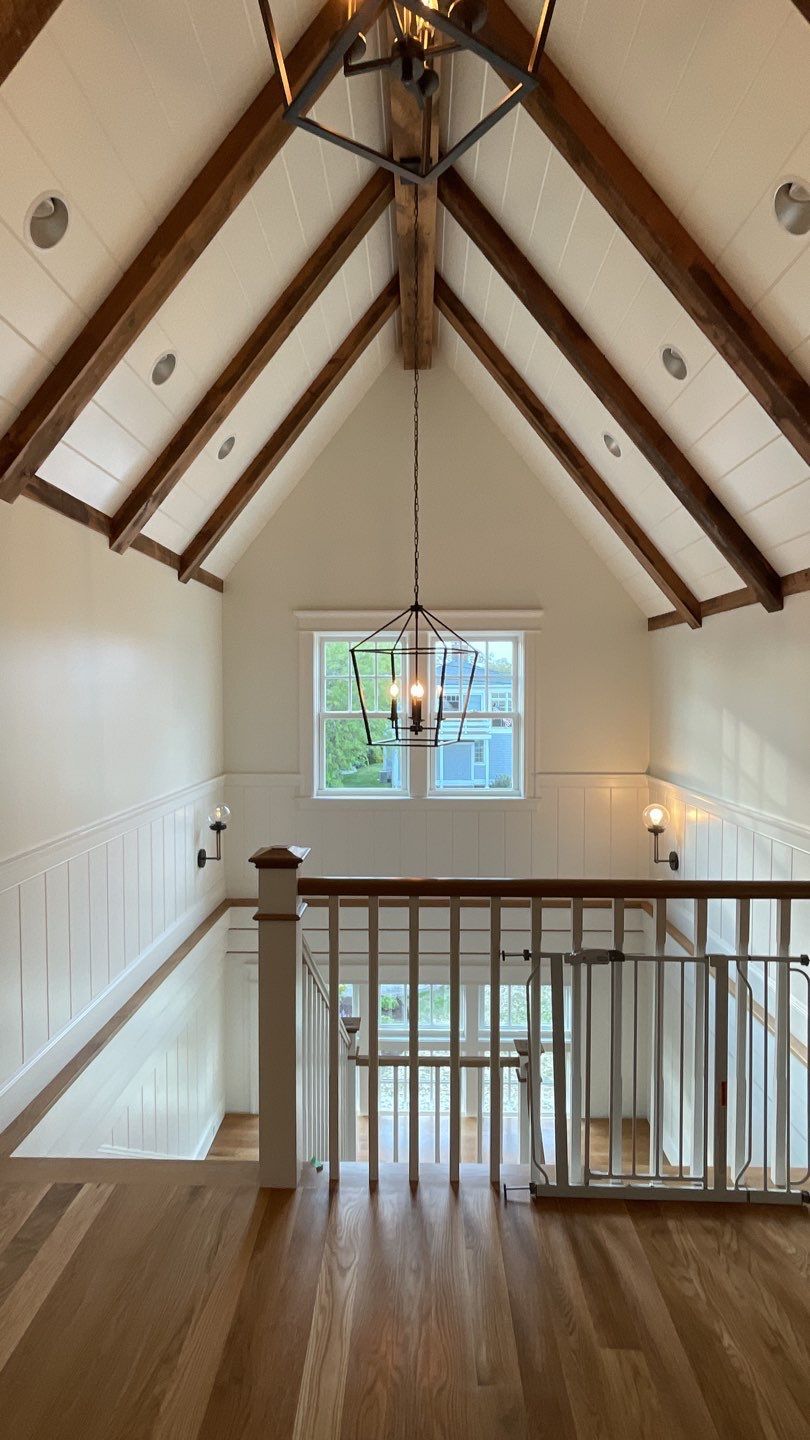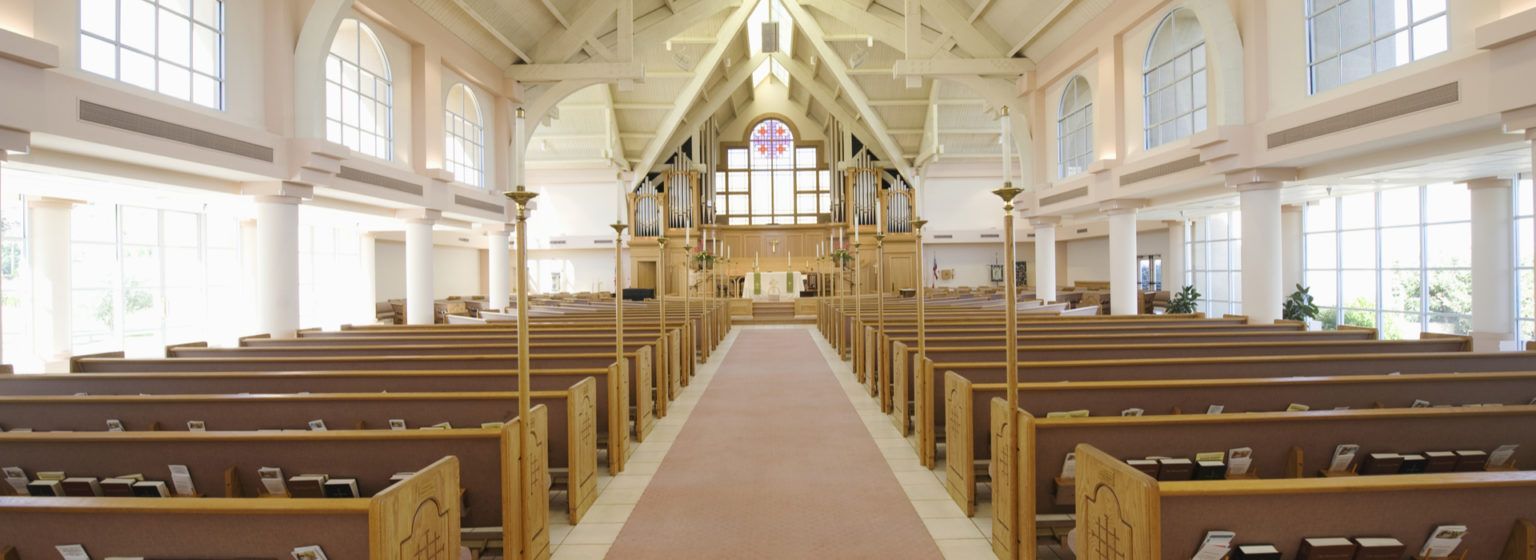What’s The Difference Between Faux and Decorative Paint Finishes?
Sometimes a plain, solid color wall just isn’t enough. Have you ever wondered what it would be like to turn your home’s interior into a work of art? Well, with the right vision (and skill), you can! Enter faux and decorative paint finishes. These specialized painting techniques provide you with an array of options for giving your walls that little extra something to catch the eye.
In this article we’re looking at definitions and differences when it comes to faux and decorative finishes; giving you everything you need to make an informed decision on your next interior painting design!
What Is a Faux Paint Finish?
Lets begin with some definitions:
Faux, derived from the French word “faux” meaning “false,” is a decorative paint technique used to replicate the appearance of materials or other textures. This artistic approach involves applying layers of paint and glaze in a specific way to create illusions of texture and depth on a previously smooth surface. The objective of faux finishing is to mimic the look of natural materials in a convincing manner, often resulting in a more cost-effective and versatile alternative to using the actual materials themselves. Popular faux designs include
- Marble
- Wood Grains
- Stone
- Brick

What is a Decorative Finish?
Decorative finishes, on the other hand, are broader in scope. These finishes encompass various techniques that add texture and depth to walls, using tools like sponges, rags, or stencils. Decorative finishes are more about creative expression, allowing for a wide array of artistic touches to your walls. For example:
- Sponging: This technique involves using a sponge to apply or remove paint, creating a textured, multi-dimensional effect. It’s great for adding depth and interest to walls and can be used with one or more colors.
- Stenciling: This technique uses cut-out templates to create patterns, designs, or motifs on walls. Stenciling can range from simple border designs to more intricate mural-like scenes.
- Color Washing: Color washing involves applying a thin coat of a slightly diluted paint over a base coat, usually of a different color. This creates a soft, subtle wash of color, adding depth and an aged, weathered look to the walls.
The Process of Faux and Decorative Finishes – Understanding the Differences
While both faux and decorative finishes add visual interest to walls, they differ in their approach and appearance. Faux finishing requires a certain level of skill to accurately mimic materials, often involving more intricate and detailed work. In other words: it’s a job for a professional painter. Additionally, faux finishes are typically done on specific areas like accent walls, columns, or ceiling beams, creating a luxurious and elegant interior.
Decorative finishing, however, is more about adding texture and patterns, offering more room for personalization and creativity. This means the process is faster and generally applied to a whole room/house. While some decorative styles may be simple enough to tackle yourself, it’s usually best to hire a professional here too.
Choosing the Right Paint Finish for Your Space
Now that you understand the basic differences between these two painting techniques you may be wondering how to pick the right one. Have no fear, we’re here to help you with that too! Selecting the right finish involves considering a variety of factors. Here are a few things to get the ball rolling:
- Rooms with direct sunlight are perfect for faux-finish accent walls. This allows your marble or stone-like wall to really catch the eye and set the tone for the entire space.
- Have a small room that feels a little cramped? Decorative walls can be a great way to create the illusion of spaciousness.
- Keep in mind that faux finishes work well in spaces where you want to add a touch of elegance and sophistication, whereas decorative finishes can make a room feel more dynamic and textured.
Whatever your taste, there is a texture for you! And remember, if you are still having trouble knowing where to start, you can always consult with local professionals for help.
Frequently Asked Questions
What is more affordable, faux or decorative finishes? Generally, decorative finishes tend to be more affordable due to their simpler techniques and materials.
How long does it take to apply these finishes? The time required varies based on the complexity of the design and the size of the area. Faux finishes typically take longer than decorative ones.
Can faux and decorative finishes be combined in one room? Absolutely! Combining both can create a unique and layered look.
Are these finishes suitable for all types of walls? Most finishes can be applied to different wall types, but it’s best to consult with a professional for specific recommendations.

